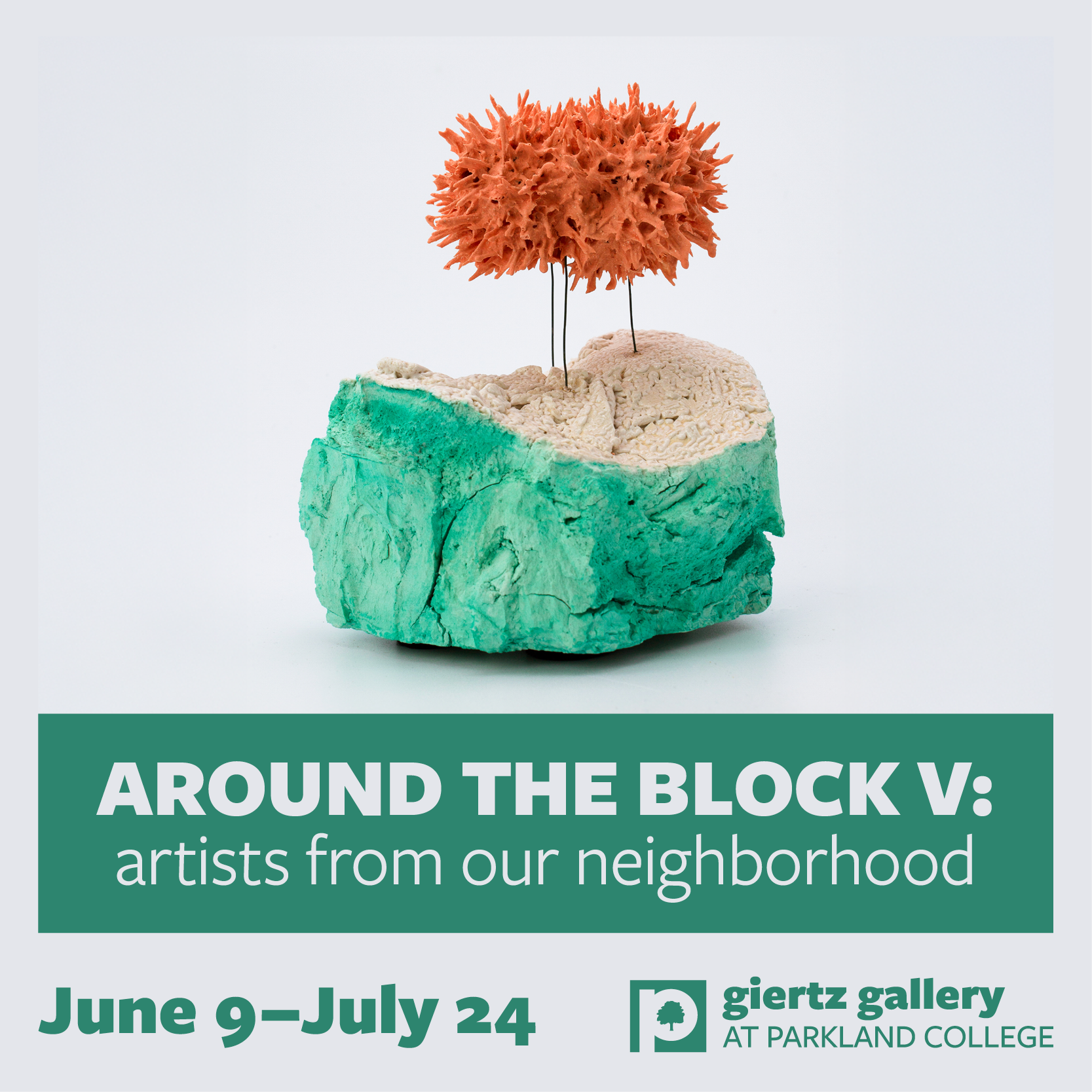Fifth-grade students in Sandy Prather’s and Dana Martin’s classes are celebrating their first and second place wins at the Rube Goldberg contest at the University of Illinois Saturday. The Lincoln Trail classes scored higher than others in the 15-class competition.
Contestants in this year’s Rube Goldberg competition were given specifications and requirements after they came back to school from Christmas break. Not knowing anything about simple machines when the project started, each class was assigned a local engineer to help teach and guide the project.
Then, students, without the guidance of a teacher, planned, constructed and tested their Rube Goldberg for seven to eight weeks before presenting at Saturday’s competition.
“I’m pretty sure that none of these guys knew what a simple machine was,” Martin’s student Matthew He said. “They all knew what a pulley was, I’m going to guess, and probably what a ramp was, but they didn’t know it was a simple machine. I doubt any of would have come this far in simple machines or anything else like that if it weren’t for this project. This project brought out what we can learn, what we had to learn and everything else in between.”
Because students and Mrs. Prather’s class did not know about simple machines prior to the competition’s assignment, they decided to take the design slowly so that they could gather all of the information.
“We learned the basics,” Isabel Fonte said. “ We learned the stuff we needed to learn and then work on the Rube so we had everything planned out.”
But planning everything out often caused conflicts between students. Martin’s student, Avery Walker, said the class planned to design an “Orange and Blue” Rube Goldberg project, but then after much discussion, they decided to highlight Abraham Lincoln’s work with a more patriotic Rube entitled “Lincoln Trail Mix.”
Putting all the parts and approximately 27 students together to design the project often caused disagreements between students, but instead of voting for each and every decision, the students chose to “listen and compromise,” according to Olivia Kinney in Martin’s class.
“Our teacher told us not everyone would be happy,” Tira said.
Each Rube Goldberg was required to be 36”x36”, have 10 simple machines and pour cereal into a bowl.
Both Prather’s and Martin’s class said they initially wanted to put all 10 machines on the floor of the project, but quickly learned that everything would not fit without “bumping into each other.” They decided to build walls and levels for their marbles (or energy) to travel through.
Students also learned that they could not begin the design with step one, but needed to work backward from the end step.
“Since the end goal was to pour cereal, we wanted to get the most important thing down,” Prather’s student Ellis Tira said.
Throughout the building process, teachers stepped aside to allow students time to learn and design, and an engineer taught students about simple machines and energy then helped them troubleshoot their project.
“It was a gift to have an engineer in our classroom,” Prather’s student Riley Myers said. “He helped us through the process.”
“The engineer didn’t change our ideas,” Martin’s student Avery Walker said. “He just pointed out the mistakes, then we knew how to fix them on our own.”
Both classes decided to break up into smaller groups to design the Rube Goldberg. Each class had construction, presentation, decoration and advertising teams that designed everything from speeches to signs.
The students in both classes said they were intimidated when they viewed Rube Goldberg projects in fourth grade. And when they found out teachers would not help them throughout the process, they questioned how the project might turn out.
“When I first heard the teachers couldn’t help with the ideas or when we are presenting, that was the first time for me,” Kinney said.”It put a little more pressure to make this work and make it more reliable.”
Martin’s student Sidney Young said this wasn’t the first time students had to do group work, but it was the first time students worked without the help of a teacher.
“When someone told me our teacher would not be there to help us, my perspective of the whole thing changed,” He said. “Because our whole lives up to this point, well, most of us, teachers have held our hands through our whole process of schooling. And now in this big competition, you have to think, and our maturity levels had to explode.”
“In our class, (our teacher) doesn’t look at us and tell us what to say now,” Ellis said. “We look at each other to figure out who speaks when. It’s getting more mature in not blurting out and we don’t have to raise our hands for everything. It’s just another level of maturity.”
While some students said this project sparked an interest in an engineering career, all students said they could take the lessons they learned while building their Rube Goldberg into other aspects of their life, even potential careers.
“Because most of these things you can use,” He said. “I could design games, I could build Quantum Physics, I could build the world’s first time machine. You can do a lot of things with engineering. The fascinating thing about it is that it sounds boring, engineering when you think about it, but really, in reality when you get to do things like that, you don’t think about that anymore. You think about it in a new light, in what you did in fifth grade, and that’s what’s going to make me pursue my job.”
Now that both Prather’s and Martin’s class are moving on to the Regional competition on March 10 during the Engineering Open House, students are back to work on their project, making modifications and repairs.
All eight fifth grade classes presented their Rube Goldberg projects to fourth-grade students Tuesday, and are elated to present them again at the Regional competition on March 10 during the Engineering Open House at the University of Illinois.
“You can go home and work on something with your sister or brother; that’s not that bad,” Fonte said. “But if you have to present in front of a town of famous people or very, very important people who have made a big change in the way our community runs, it’s pretty special. Most people don’t get to do this kind of stuff; so we feel pretty lucky.”



